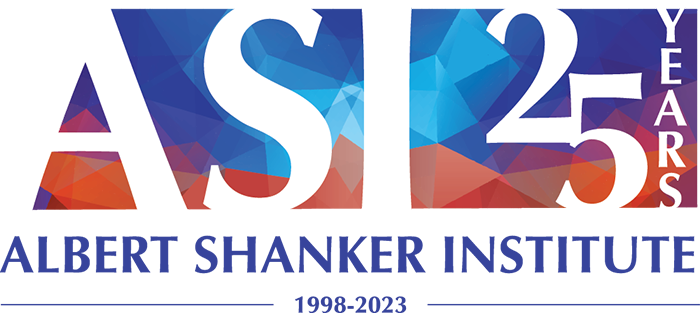What is Next For the Science of Reading?
A unique gathering of educators, researchers, and advocates took place on March 1, 2025 at Planet Word in Washington, DC, as part of Emily Hanford’s Eyes On Reading series. This event featured Mark Seidenberg and Maryellen MacDonald under the provocative title, “What is Next for the Science of Reading?” The take-home message was undeniably powerful, though it may have left some educators searching for more specific connections to their classroom realities. I write this blog in the spirit of extending this conversation, as getting down to the specifics will depend on the joint work and ongoing dialogue between researchers and educators.
